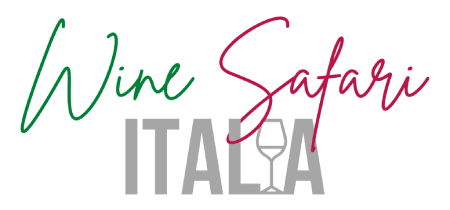/tord͡ʒˈano/
- Umbria
- Vineyard Area: N/A
- Year Appellation Started: 1968
- Appellation Last modified: 2018
- Red Grapes: Cabernet Sauvignon, Merlot, Pinot Nero, Sangiovese
- White Grapes: Chardonnay, Pinot Grigio, Riesling Italico, Trebbiano Toscano
- Sparkling
- White (Bianco)
- Rosso (Red)
- Rosato
- Late Harvest
- Air dried
- Sparkling: maximum 50% Chardonnay + maximum 50% Pinot Nero + maximum 15% other red and/or white non-aromatic grape varieties allowed for cultivation in the region.
- Still White Wine: 50%-70% Trebbiano Toscano + maximum 50% other white non-aromatic grape varieties allowed for cultivation in the region. 85%-100% Pinot Grigio or Chardonnay or Riesling Italico + maximum 15% other white non-aromatic grape varieties allowed for cultivation in the region for monovarietal label.
- Still Red Wine: 50%-100% Sangiovese + maximum 50% other red non-aromatic grape varieties allowed for cultivation in the region. 85%-100% Merlot or Cabernet Sauvignon or Pinot Nero + maximum 15% other red non-aromatic grape varieties allowed for cultivation in the region for monovarietal label.
- Still Rosato Wine: 50%-100% Sangiovese + maximum 50% other red non-aromatic grape varieties allowed for cultivation in the region.
- Vendemmia Tardiva: minimum 50% Chardonnay + maximum 50% other white non-aromatic grape varieties allowed for cultivation in the region.
- Vin Santo: 50%-70% Trebbiano Toscano + maximum 50% other white non-aromatic grape varieties allowed for cultivation in the region.
- Total Production: 5.397 Hectolitres
- White Wine: N/A
- Rose Wine: N/A
- Red Wine: N/A
- The Torgiano DOC area is centered around the town of Torgiano, near Perugia, Umbria.
- One of the most renowned producers in Torgiano is the Lungarotti Winery, founded by Giorgio Lungarotti in the 1960s. The winery played a significant role in establishing Torgiano as a prominent wine region and continues to produce some of the area’s most acclaimed wines.
